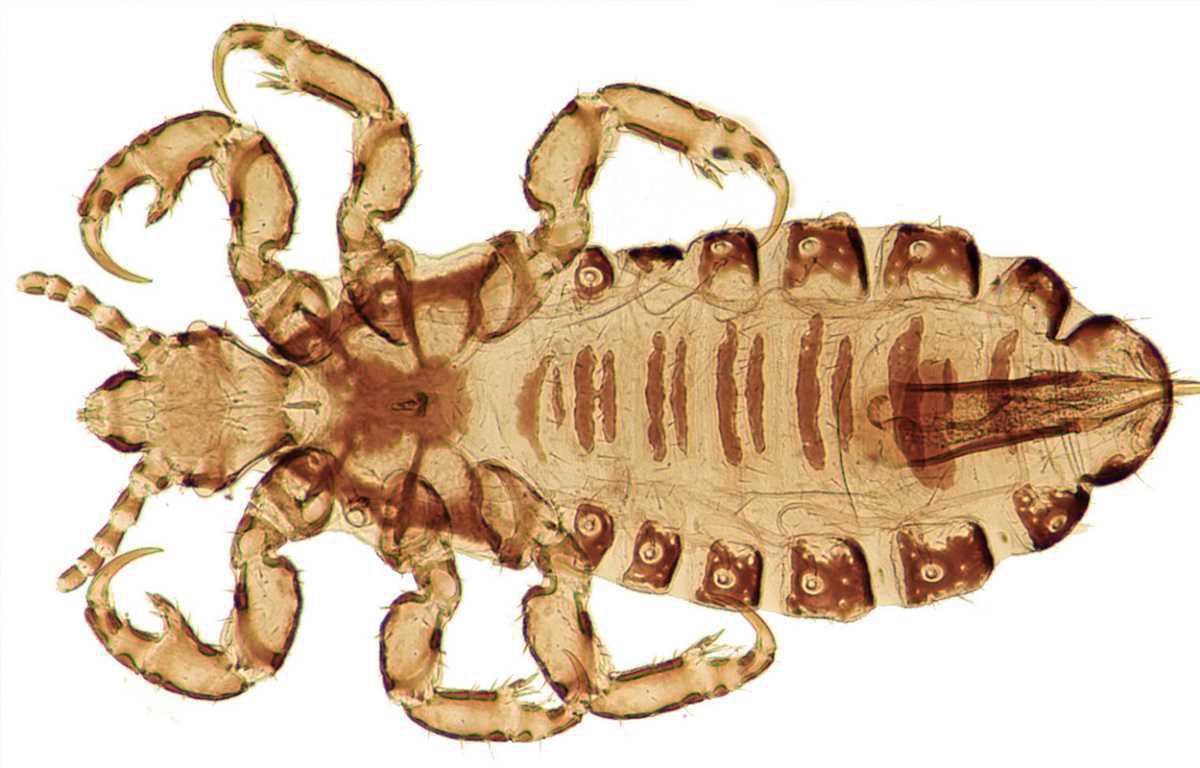A recent analysis of lice's genetic diversity suggests that these parasites arrived in the Americas on two distinct occasions: first during the initial human migration across the Bering Strait, and later with the advent of European colonisation.
These research findings were presented by Marina Ascunce and her colleagues, who are currently associated with the USDA-ARS. Their study, published on November 8 in the open-access journal PLOS ONE, illuminates the intricate relationship between lice and human history.
The human louse, a wingless, blood-feeding insect that resides exclusively on its human host, has maintained a longstanding coevolutionary connection with our species. It stands as one of the earliest known parasites to thrive on humans, offering valuable insights into the course of human evolution. In their investigation, the scientists scrutinized the genetic diversity among 274 human lice collected from 25 diverse locations worldwide.
A genetic examination, based on louse DNA, disclosed the existence of two distinctive louse groups that infrequently interbred. Cluster I exhibited a global distribution, while cluster II was confined to Europe and the Americas. The sole lice possessing genetic heritage from both clusters were detected in the Americas, forming a unique cohort resulting from the intermingling of lice descended from populations accompanying the First People and lice with European origins, introduced during the colonisation of the Americas.
Furthermore, the researchers established a genetic connection between lice identified in Asia and Central America, corroborating the hypothesis that individuals from East Asia migrated to North America, becoming the earliest Native Americans. Subsequently, they migrated southward into Central America, where modern louse populations still bear a genetic imprint from their distant Asian ancestors.
The observed patterns in this recent study corroborate established theories regarding human migration and contribute supplementary insights into the evolutionary history of lice. The researchers underline their selection of genetic markers that evolve rapidly and are best suited for recent events. Hence, forthcoming studies utilizing markers with a slower evolutionary pace may illuminate more ancient historical episodes. Additionally, the methodologies developed in this study could offer a valuable framework for investigating other host-parasite relationships.
The authors add: “Human lice are more than annoying human parasites, they are ‘satellites’ of our evolution. Because human lice feed on human blood, they need us to survive, and over millions of years this resulted in a long co-evolutionary history together.”
https://doi.org/10.1371/journal.pone.0293409
Header Image Credit : PLOS ONE


